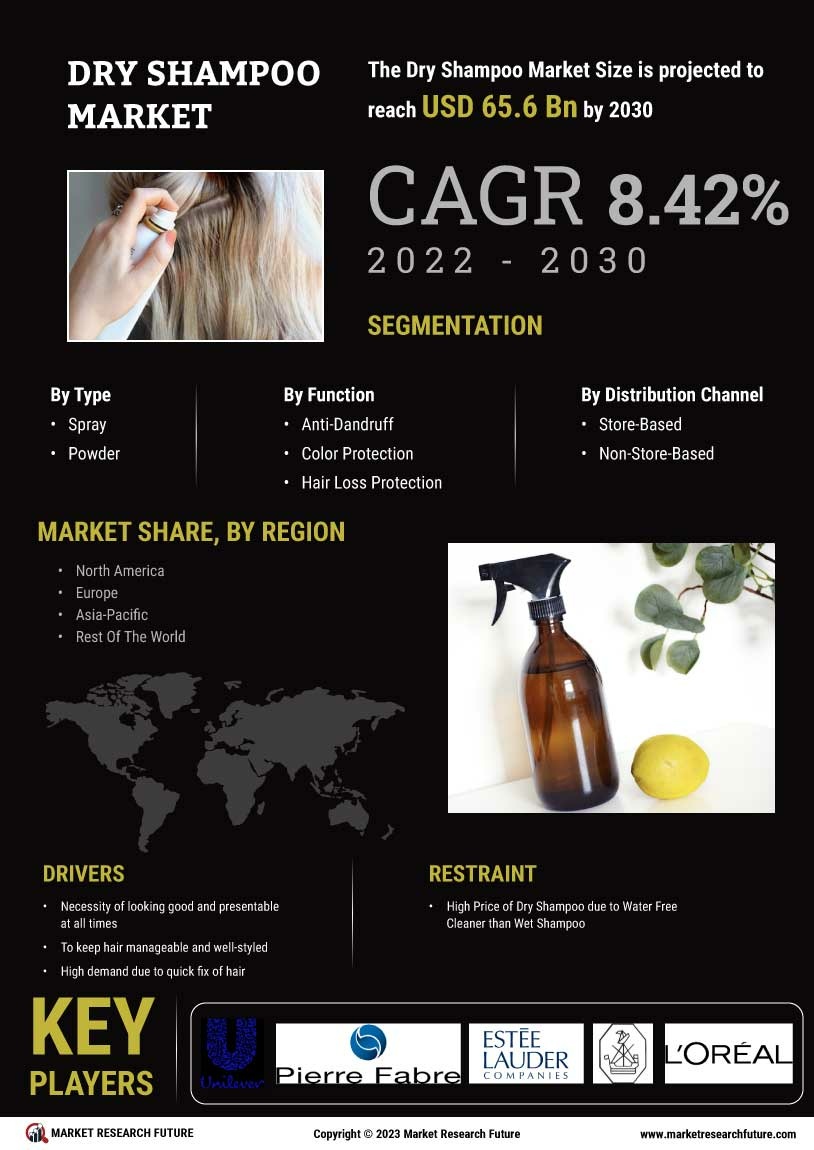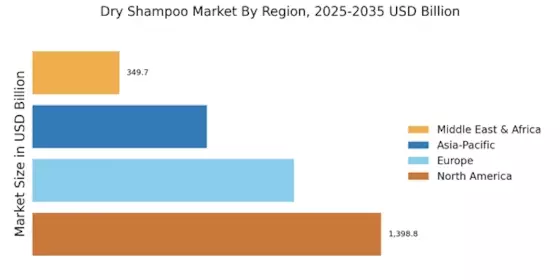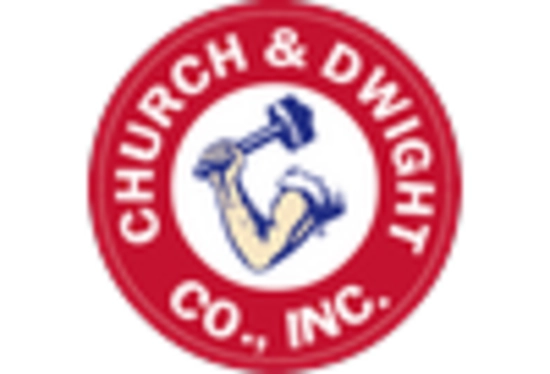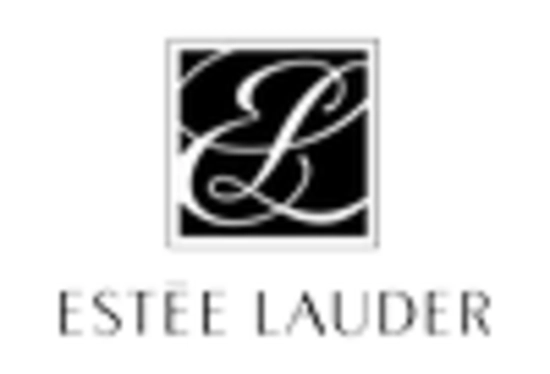Dry Shampoo Market Summary
As per MRFR analysis, the Dry Shampoo Market Size was estimated at 3497.11 USD Billion in 2024. The Dry Shampoo industry is projected to grow from 3710.86 USD Billion in 2025 to 6716.15 USD Billion by 2035, exhibiting a compound annual growth rate (CAGR) of 6.11% during the forecast period 2025 - 2035.
Key Market Trends & Highlights
The Dry Shampoo Market is experiencing robust growth driven by evolving consumer preferences and innovative product offerings.
- The North American region remains the largest market for dry shampoo, reflecting a strong consumer inclination towards convenience and time efficiency.
- In contrast, the Asia-Pacific region is identified as the fastest-growing market, driven by increasing urbanization and changing beauty standards.
- Spray formulations dominate the market, while powder variants are emerging rapidly as a preferred choice among consumers seeking versatility.
- Key market drivers include the rising demand for convenience and a notable shift towards natural ingredients, which are increasingly influencing purchasing decisions.
Market Size & Forecast
| 2024 Market Size | 3497.11 (USD Billion) |
| 2035 Market Size | 6716.15 (USD Billion) |
| CAGR (2025 - 2035) | 6.11% |
Major Players
Procter & Gamble (US), Unilever (GB), L'Oreal (FR), Henkel (DE), Estée Lauder (US), Church & Dwight (US), Colgate-Palmolive (US), Revlon (US), Burt's Bees (US)


















Leave a Comment